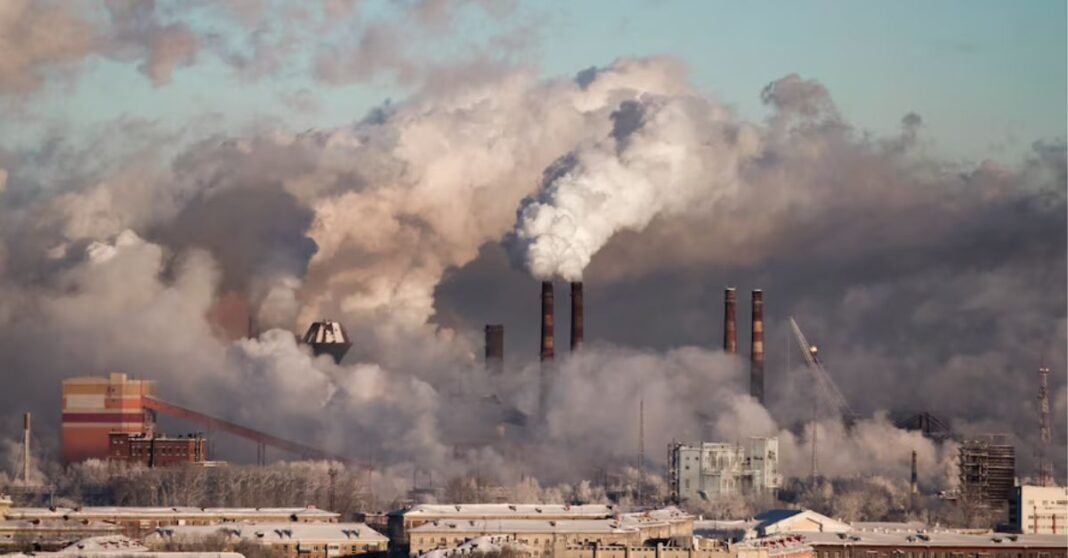A recent report by IQAir, the world’s largest free real-time air quality information platform, reveals that air quality in more than 97% of Southeast Asian (SEA) countries in 2022 was unhealthy due to air pollution.
Out of the 296 cities with recorded data, only eight met the World Health Organization’s (WHO) guideline for Pm2.5, which are microparticles that can cause serious health problems. With a diameter of fewer than 2.5 micrometers, experts consider them one of the deadliest forms of air pollution.
Vientiane Capital was ranked the 14th most polluted city in the world in 2022, with Laos as a whole ranked 29 out of 131 for the average concentration of PM2.5 in the air. Of all SEA countries, Indonesia reported the highest levels of pollution, with an average of 30.4 micrograms per cubic meter (μg/m³).
Although SE Asia saw an overall decline in air pollution, the report says that only Laos and Vietnam recorded higher annual averages in the region compared to 2021.
Industries emissions, power generation, vehicle emissions, and open-air burning are some of the factors that cause air pollution in SEA. However, Nam Sach, a rural district in the Red River Delta region of Vietnam, was found to have the best air quality, according to CNA.
Air quality has not only worsened in Southeast Asian countries but also around the world, even as countries try to tackle the situation. Last year, only 13 countries or territories were able to meet the WHO air quality guidelines, which include Australia, Puerto Rico, Iceland, Guam, and New Zealand.
The WHO estimates that over seven million preventable deaths occur each year due to air pollution, with countless others having their quality of life impacted. Experts have warned that prolonged exposure to air pollution can affect respiratory functions and increase the risk of lung cancer.
In Thailand, over 1 million people fell sick in January due to a thick smog attributed to crop burning in Laos and Northern Thailand. Residents in Northern Thailand were also asked to work from home as the air quality in the area continued to worsen in March.
Laos also reported concerning levels of air pollution this year due to crop burning, with the popular tourist town of Luang Prabang choking under smoky air, leading to poor air quality for residents and visitors alike.



